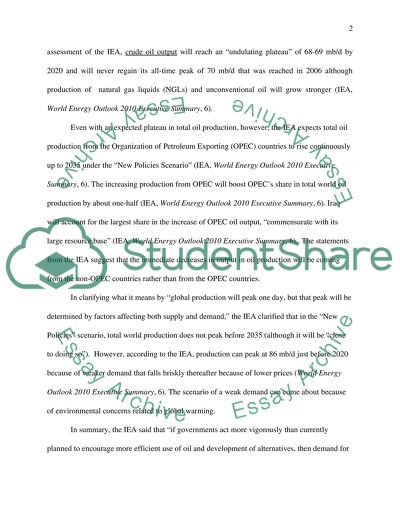Cite this document
(“Are we really running out of oil Research Paper”, n.d.)
Retrieved from https://studentshare.org/family-consumer-science/1413484-are-we-really-running-out-of-oil
Retrieved from https://studentshare.org/family-consumer-science/1413484-are-we-really-running-out-of-oil
(Are We Really Running Out of Oil Research Paper)
https://studentshare.org/family-consumer-science/1413484-are-we-really-running-out-of-oil.
https://studentshare.org/family-consumer-science/1413484-are-we-really-running-out-of-oil.
“Are We Really Running Out of Oil Research Paper”, n.d. https://studentshare.org/family-consumer-science/1413484-are-we-really-running-out-of-oil.


